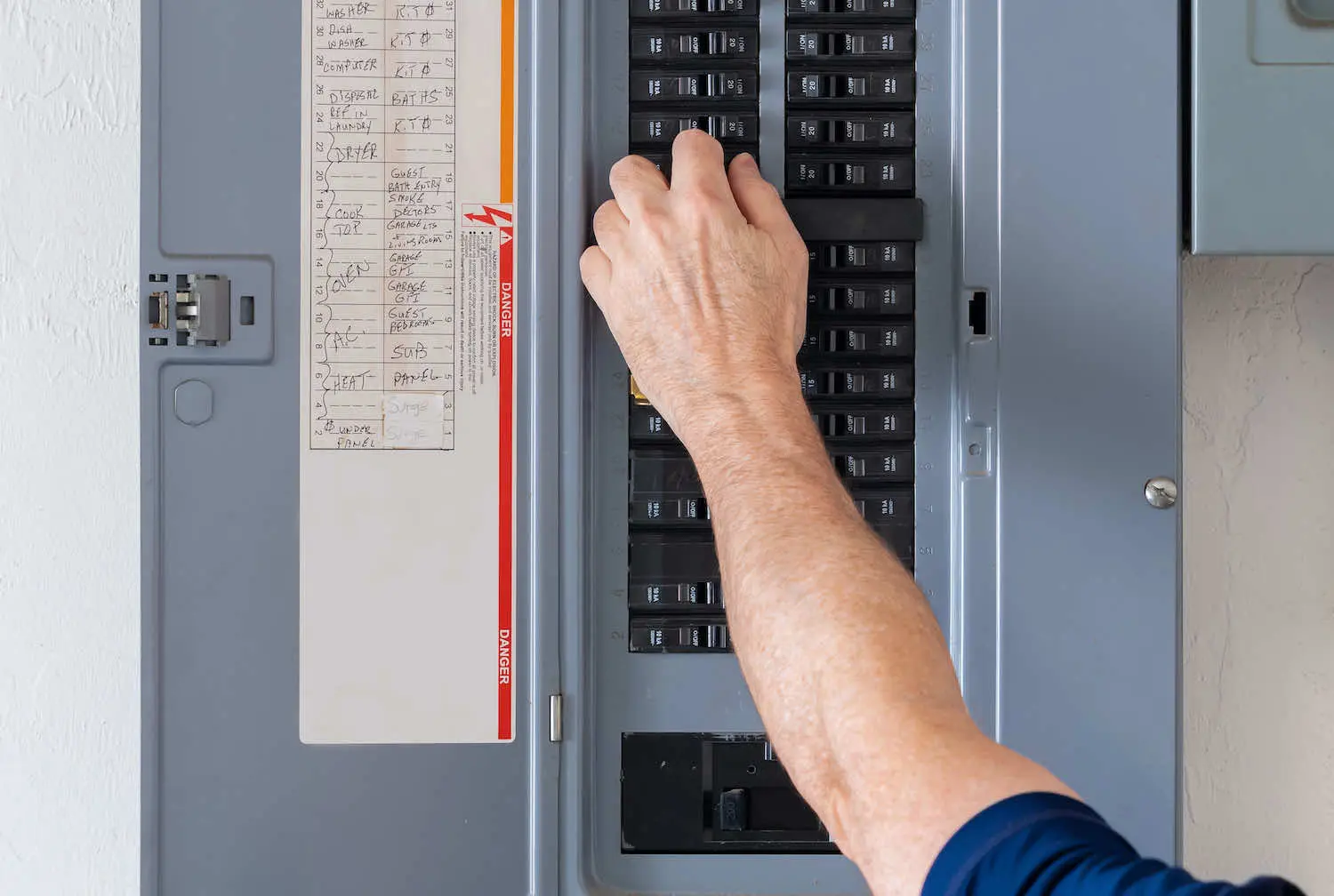
Tripped Circuit Breakers: What Does It Mean and How to Fix It?
Have you ever been in the middle of using an appliance or turning on a light, only to have the power suddenly cut out? A tripped circuit breaker is likely the culprit. While it’s a common electrical issue, understanding why it happens and how to address it is essential for your safety and peace of mind.
What Is a Circuit Breaker and Why Does It Trip?
A circuit breaker is a safety device in your electrical panel designed to protect your home from electrical hazards. When a breaker trips, it cuts power to a circuit to prevent overheating, electrical fires, or damage to appliances.
Common Reasons for Tripped Circuit Breakers
Overloaded Circuit
What Happens: Too many devices or appliances plugged into a single circuit can exceed its capacity, causing the breaker to trip.
Examples: Running a hairdryer and a space heater on the same outlet.
Fix: Unplug unnecessary devices and redistribute appliances to different circuits. If the circuit still trips, you may need an electrician to upgrade your system.
Short Circuit
What Happens: A short circuit occurs when a live wire touches a neutral wire, creating excessive current flow. This can cause the breaker to trip immediately.
Signs: A burning smell, scorch marks on outlets, or a melted wire.
Fix: This is a serious issue that requires professional repair. Turn off the circuit and call an electrician immediately.
Ground Fault
What Happens: A ground fault occurs when a live wire comes into contact with a ground wire or a conductive surface, causing electricity to flow in unintended paths. This is particularly dangerous in wet areas.
Examples: A faulty appliance in the kitchen or bathroom.
Fix: Use GFCI outlets in wet areas and consult an electrician to address the fault.
How to Reset a Tripped Circuit Breaker Safely
Locate the Electrical Panel: This is usually found in a basement, garage, or utility room.
Identify the Tripped Breaker: A tripped breaker will be in the "off" position or halfway between "on" and "off."
Turn It Off Completely: Push the breaker to the "off" position first.
Reset to On: Firmly switch the breaker back to the "on" position.
Check Your Devices: Unplug or redistribute appliances if you suspect an overload to prevent the breaker from tripping again.
When to Call a Professional
If your circuit breaker keeps tripping, it’s a sign of a deeper issue that needs expert attention. Call a licensed electrician if:
The breaker trips repeatedly even after unplugging devices.
You notice burning smells, scorch marks, or buzzing sounds near outlets or your panel.
The electrical panel is outdated and may no longer meet your household’s energy demands.
Preventing Tripped Circuit Breakers
Avoid Overloading Circuits: Distribute high-energy appliances like space heaters and microwaves across multiple circuits.
Upgrade Your Electrical System: Older homes may not have the capacity to support modern energy needs. An electrical panel upgrade can prevent overloads.
Schedule Regular Inspections: Routine checks can identify potential issues, such as frayed wires or faulty breakers before they cause problems.
While a tripped circuit breaker is often a minor inconvenience, repeated trips can indicate serious electrical problems that shouldn’t be ignored. Knowing the causes and taking preventative measures can keep your home safe and your appliances running smoothly.
If you’re dealing with persistent breaker trips or other electrical concerns, contact our team of licensed electricians at it's On Electric today at 604-538-2373. We’ll diagnose the issue, provide expert solutions, and ensure your home’s electrical system is safe and reliable.




Comments